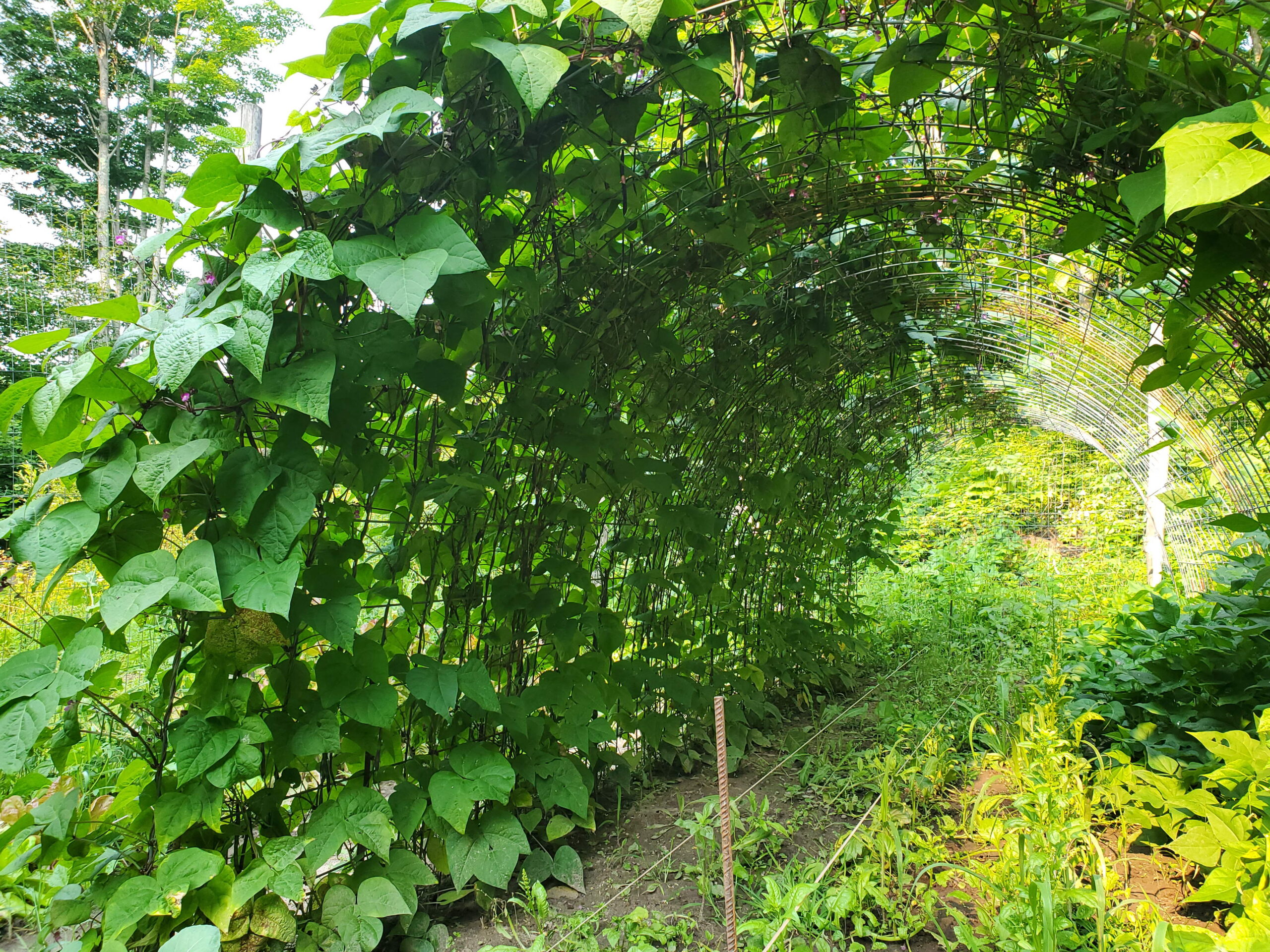Preserving the Harvest
Sharing my Favorite Methods to Preserve the Harvest
Day #19
Now you might be thinking “I don’t grow enough to harvest so why am I looking at this?” BUT let me talk to ya for a minute – You may not be able to or just don’t grow enough to “preserve” or “Put up” but you could purchase in bulk from a friend (or be given), or a farmer’s market, or even from Azure standard if the price is right for you. So there’s still hope that you can learn these techniques and feel good about having an abundance in your pantry to pull from all winter long.
It’s an amazing feeling to cook from your pantry (especially when you grew it yourself), like AMAZING. It is absolutely possible to have most of your meals from your own garden (or raising animals), I know it is because that’s how we live. All our meals are from scratch and at least 80% of it is own ingredients that we worked out tail off. Hard work, but boy does it feel real good. So it is possible. Are you at that point right now? Don’t worry if you are not- I’m here to say it’s possible but it takes time, resources, lots of work, and sometimes those things just don’t line up but you can work towards that and I encourage you to do so.
Let’s dive into my favorite ways go Preserve the Harvest shall we!?!
Today will be canning however over the next several days I will be sharing other ways as well!
There are many ways to preserve foods, I’m going to cover the basics, include some recipes and get you started! I can’t wait to see how much you put up and more than that the desire to fill your pantry each year with your hard work.

CONTENTS:
- Canning (Today’s Topic)
- Dehydrating
- Freezing
- Fermenting
Videos & More Below!
Below I”ll put a link to my recommend resources- these will be my Amazon affiliate links- by clicking on a link (and purchasing anything) it helps keep this website running- but I only recommend things I love and use (or a close version to it) and the price stays the same to you no matter what. So I thank you for whatever you can do!
CANNING
 Tips before beginning:
Tips before beginning:
#1 Start with a clean kitchen.
#2 Get all your equipment and supplies organized and have it all cleaned and ready to go.
#3 Have fun, prepare to get messy and be joyous that you’ll have food in your pantry very soon!
Basic Canning Supplies<– View my Recommended Canning Resources
- Canning Jars (quart , pint, half pint)
- Canning Lids
- Canning bands/rings
- Water bath canner
- Pressure Canner
- Real Salt (Himalayan or Redmond’s)
- Ladle
- Wide Mouth Funnel
- Ruler to measure water level
- Knife or small spatula
- Canning Jar Lifter
- Citric Acid/Lemon Juice/Vinegar 5% acidity
Canning Recipe Site: https://www.ballmasonjars.com/ These are tested and safe recipes to use for your canner.
Great recipe site: https://creativecanning.com/
Always consult your manual for recipes, canning times, etc
 Two Ways to “Can”
Two Ways to “Can”
- Pressure Canner
- Water Bath
Tip: Food that can be water bathed can be pressure canned, however foods that need to be pressure canned CAN NOT be water bathed due to the lack of acidity or sugar in the food itself.
I tend to do most of my canning with the Pressure Canner because it can process 14 quarts at a time. My All American Canner which I LOVE is an investment but hopefully only a one time cost. There are smaller All American Canner’s as well, you’ll have to check with the manufacture on the size (make sure it fits on your stove, glass tops are not advised)
Pressure Canning:
Quick Steps for Canning Methods
- Prepare your jars, lids and canner
- Prepare your Foods
- Fill your jars and place lids & rings on and place in canner
- Vent and pressurize the canner (Pressure canner only)
- Process your jars
- Let cool down (Pressure canner needs to be fully decompressed before opening)
- Remove jars and place onto towels and cover with towels
- Next day remove lids, check seals, wash tops, label and store
Which Method To Use for What Foods
Water Bath Canning
- Fruits and fruit juices.
- Jams and jellies.
- Salsas.
- Tomatoes.
- Pickles and relishes.
- Chutneys, sauces, pie fillings.
- Vinegars.
- Condiments.
Pressure Canning
Pressure canning is the only processing method that reaches the high temperature (240°F) needed to safely preserve low-acid foods. It is the combination of time and temperature that will destroy food-borne bacteria and create a vacuum seal necessary to prevent spoilage. This process is required to preserve foods and recipes like:
-
- Meats
- Poultry
- Salsas
- Vegetables
- Chili
- Seafood
- Beans
- Corn
- Carrots
Learn how to Can Carrots by clicking on the image
Watch my HILLBILLY Sauce Canning in this YouTube Short
15 Minute Spaghetti Sauce using my homemade canned Tomato Sauce
Upcoming Preserving Posts will cover Dehydrating, Freezing & Fermenting
Day #2 Top Gardening Tips to Start Today
Day #5 Garden Planning
Day #6 Learn to Grow Anywhere
Day #7 Top Tools to Have on Hand
Day #8 Learn about Good pests in your garden
Day #9 Vertical Gardening
Day #10 Gardening Quick Guides
Day #11 Creating a Compost
Day #12 Introduction to Herbs Part 1
Day #13 Introduction to Herbs Part 2
Day#14 Children in the Garden
Day #15 Growing Root Vegetables
Day #16 Tomato Time
Day #17 All about the Dry Bean
Day #18 Saving for the Future-Seed Saving





